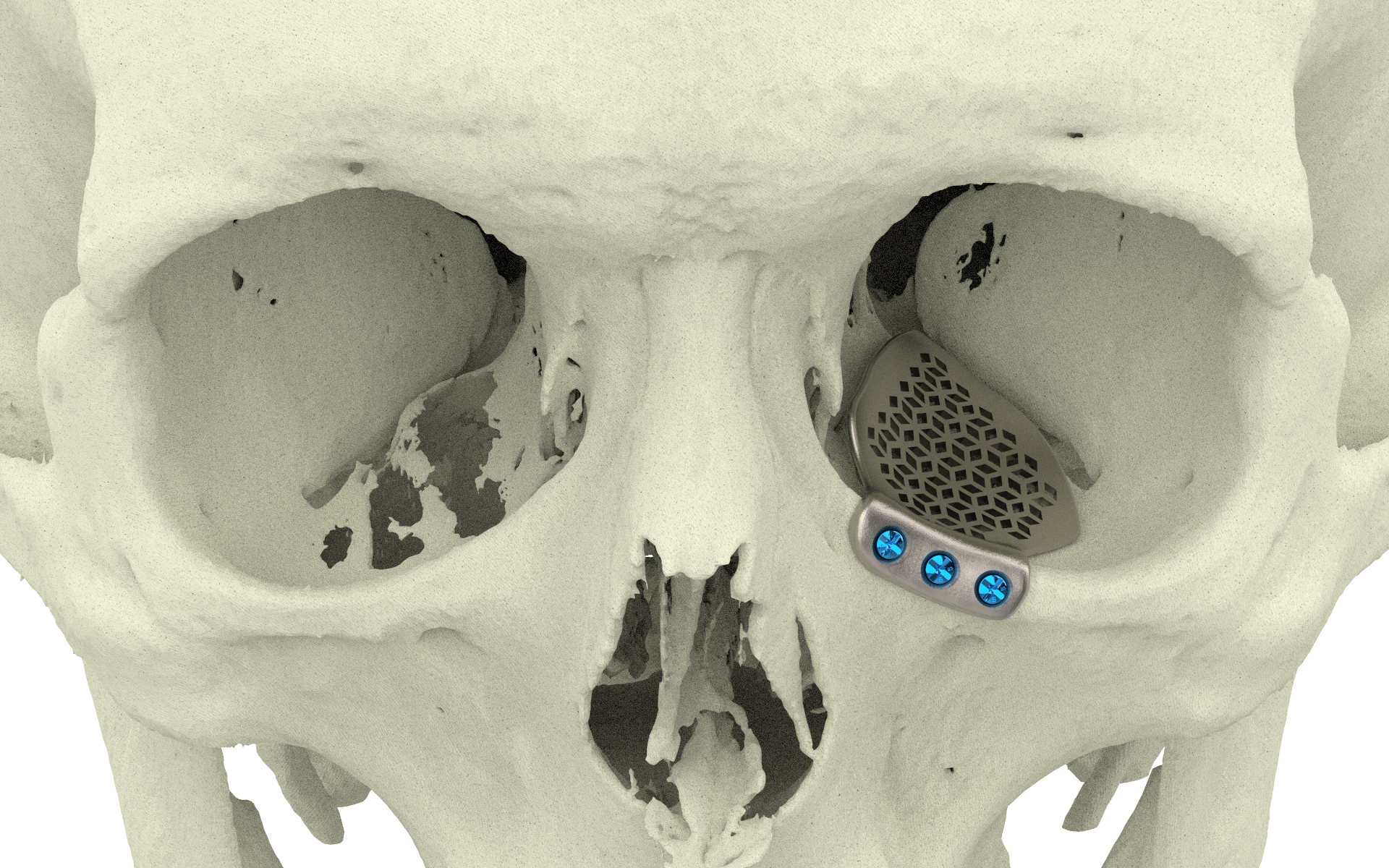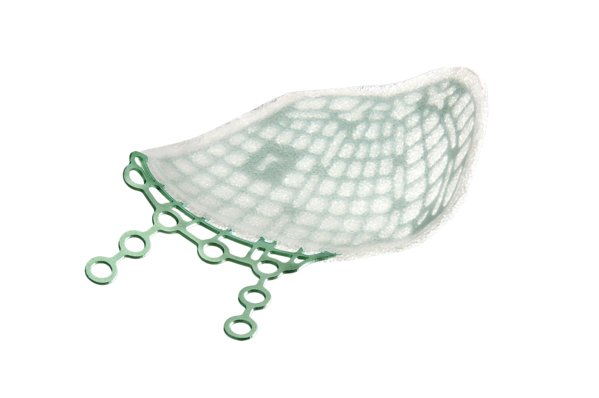Nineteen patients who underwent orbital floor reconstruction with individual titanium mesh were included in this study.
Titanium mesh for orbital floor reconstruction.
The purpose of this case series was to assess the aesthetic and functional outcome of orbital floor reconstruction performed with calvarial bone graft titanium mesh or prolene mesh.
Postoperative computed tomography scans recorded after three dimensional 3d reconstruction were used to evaluate the symmetry of the orbital floor including orbital floor height orbital floor eminence globe projection orbital volume and surface.
To reconstruct the orbital floor defects there are a lot of reconstruction materials the surgeon must choose one of them.
Early decompression is favorable for neural restitution.
Successful use of titanium mesh sheets in the reconstruction of orbital wall defects of up to 2 5 x 2 5 cm following trauma and followed up for a mean of 24 months is demonstrated.
Depending on the amount and severity of dislocation around the course of the infraorbital nerve decompression might be indicated.
The role of the titanium mesh is to restore the orbital volume and globe projection by anatomic reconstruction.
A study from 2009 assessed the autogenous calvarial bone graft and alloplastic options titanium and mesh used in 10 patients with orbital floor reconstruction after traumatic maxillary fracture.
A study was undertaken to evaluate the safety of magnetic resonance imaging mri of metallic implants used in cranio orbital reconstruction stainless steel wire and titanium and vitallium plates and also to compare the degree of artifact created on computed tomographic ct scanning and mri by each material.
Those fractures were reconstructed using titanium mesh.
The authors share their experience with 10 patients suffering from orbital trauma causing orbital floor fracture.
19 however during reconstruction of the orbital floor after tumor resection the periorbital fat pad and extraocular muscles are preserved.
Titanium mesh is one of the commonly used implants to repair orbital wall defects because it is highly biocompatible and can be readily shaped into the defects 15 18 however few studies have investigated personalized titanium mesh for maxillary and orbital floor reconstruction especially combined with free fibula flaps.
Sing a mirroring technique and a customized titanium mesh printed using a direct metal laser sintering method.
Mirroring of the healthy orbit at the affected site virtual design of a patient specific orbital floor mesh cam procedures for direct laser sintering of the customized titanium mesh and surgical insertion of the device.
This material is especially useful in orbital floor and medial wall blow out fractures and is a valuable additional material for use in maxillofacial reconstruction.
3 the article concluded that all 3 materials were found to be satisfactory postoperatively and the ideal material for reconstruction is influenced.








